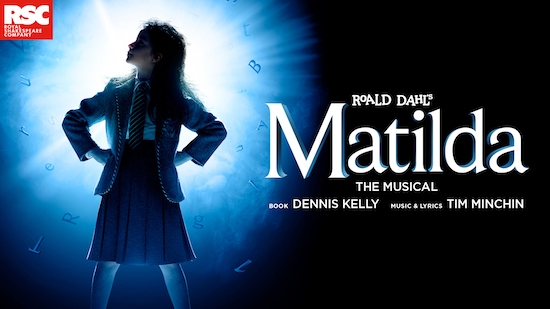Having defied the scrapyard on three occasions, the world’s oldest working digital computer is celebrating the fifth anniversary of its latest life as an important and popular educational tool.
The 1951 WITCH, originally known as the Harwell Dekatron computer for its atomic work in Oxfordshire, is now key to the educational programme for the thousands of students who visit The National Museum of Computing (TNMOC) on Bletchley Park each year.
Occupying an area the size of a living room wall and weighing a couple of tonnes, the WITCH, with its 828 flashing dekatrons (valves or tubes), was restored and rebooted in 2012 and now mesmerises students by displaying operations that modern computers keep secret.
Expert volunteers took three years to restore the WITCH to full working order, but never realised how valuable its role in educating today’s budding computer scientists, engineers, games-makers and software developers would turn out to be.
Claire Marston, head of learning at TNMOC, explained: “When we tell students that the WITCH is recognised by Guinness World Records as the world’s oldest working computer that grabs their attention immediately.
"We can explain the basic operational process of any computer: the fetch-execute cycle. It happens so slowly and dramatically on the WITCH that students can see and even hear the machine retrieve a program instruction from its memory and carry it out.
"You won’t ever see that on any modern computer, which can do billions each second. It’s tough to teach what is often an important exam question, but you won’t forget that process when you see and hear it happen on the WITCH!”
“Students do a double-take when they learn the WITCH has only one-third of a kilobyte of RAM,” said learning guide Sheridan Williams. “It shows the ingenuity of those early computer pioneers in solving their maths problems with such a paltry amount of memory. And that then begs the question: why do modern computers need so much memory? We can then begin to explain that.”
Learning guide, Robert Dowell, sees the WITCH as a great exemplar of computing progress. “The changing size, speed, and even availability of computers can be dramatically explained with the WITCH. When it was first built in 1951, the WITCH was one of perhaps 12 computers on the planet!
"The cost of using it was massive by today’s standards – we can bring all that into sharp focus and give a startling perspective of our fast-paced digital world. The WITCH’s one-third of a kilobyte of memory cost about £10,000 back in the early 1950s. Today’s iPhone costs a few hundred pounds and has about 4 million times that amount of memory.”
Museum trustee, Kevin Murrell, who was instrumental in co-ordinating the WITCH revival is delighted with its new-found role. “In 2012, when our expert volunteers had restored the WITCH, which we re-discovered in bits in a Birmingham museum store, we never imagined its relevance to teaching computing today.
"After it had been decommissioned in Harwell in 1957, it went to Wolverhampton Technical College where it was used in teaching – but that was teaching near state-of-the-art computing! Eventually, when Wolverhampton saw no further use for it, a Birmingham science museum accepted it. But that museum closed in the 1980s and the machine effectively disappeared. Now, at 66 years of age, the WITCH is still contributing to society.”
The learning programme at TNMOC is available to all educational groups and is particularly relevant to students studying at GCSE, A level, Level 2 or 3 equivalents. Each visit can be tailored to specific requirements and can include introductory coding sessions. For details, see www.tnmoc.org/learn
> Never miss leisure news in Milton Keynes - Follow us on www.twitter.com/thisistotalmk
And on Facebook: www.facebook.com/thisistotalmk















